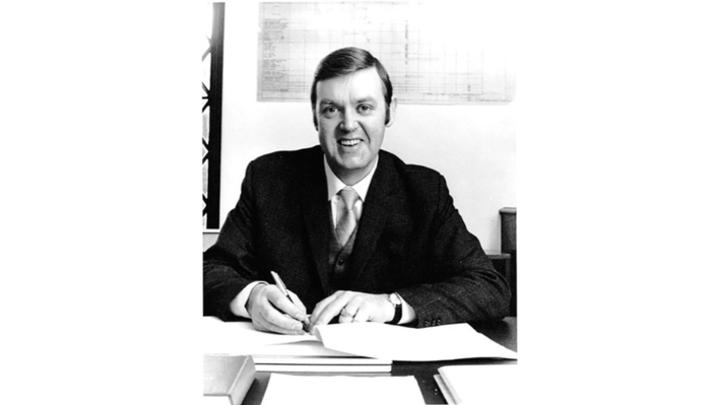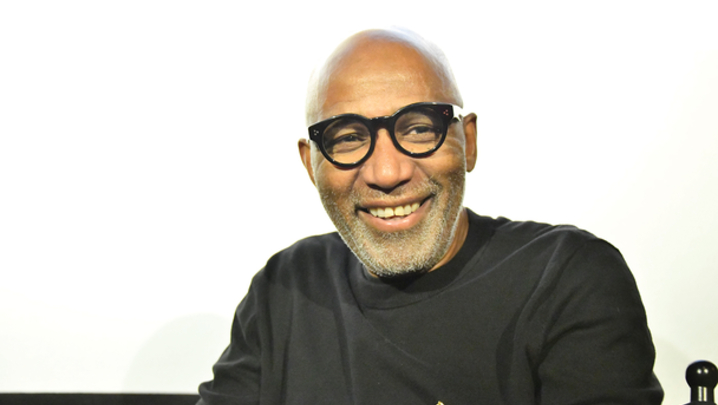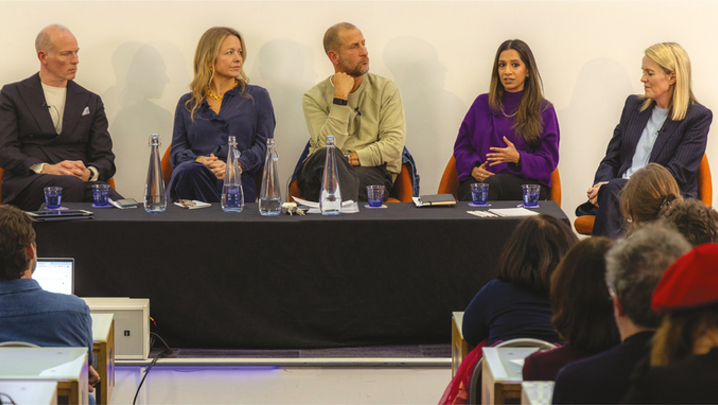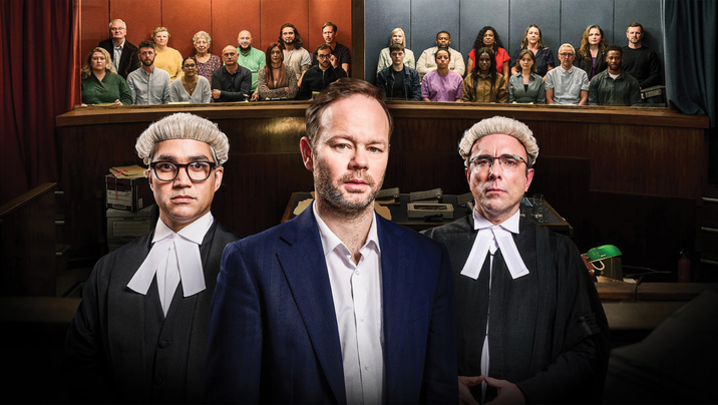From tennis to cricket, content-hungry TV channels are increasingly screening cut-down versions of traditional sports, says Ross Biddiscombe.
In the world of sport, everything from football to Formula One has had to adapt to stay relevant and attract new fans. But the current trend for alternative, more-condensed versions of traditional sports is taking this strategy to new heights. Tennis now has its Tie Break Tens, golf has GolfSixes, netball has Fast5 – the list of cut-down versions of the original games keeps getting longer.
Not surprisingly, television’s continual thirst for more content is one of the main drivers of alternative formats. The gold standard is Twenty20 cricket. It began 14 years ago and has revolutionised both the sport and its TV audiences.
Prior to T20 cricket, five-day test matches were the most treasured version of the sport. Nowadays, this limited-overs format reigns supreme. There is even a plan to take it to the Olympic Games in 2024. T20 matches are so popular and so common in the UK that they have been broadcast on channels ranging from those run by the BBC to UKTV’s Dave.
“These new formats are trying to appeal to different audiences. There’s an entertainment about them that we like.”
The Indian Premier League was given the title “world’s hottest sports league” by Forbes following its first season in 2008. It features top cricketers playing high-quality, serious sport with an entertaining flavour.
“That’s the key, really,” says Andrew Preece, executive director of leading sports production company Sunset+Vine. His company provided the host broadcasting services at last year’s T20 World Cup, held in India. “There are some of the best sportsmen and women in the world playing for their livelihoods. These aren’t exhibition matches.”
However, the fans in the stadium and those watching on TV still enjoy the entertainment, from the fireworks and flags to the commentators chatting with players mid-game.
The alternative format is an obvious fit for a male-skewed channel such as Dave. The UKTV station screened the West Indian T20 league last year and, this spring, showed Tie Break Tens, the first-to-10-points tennis tournament.
For the first time, the Madrid event featured both a men’s and women’s competition on the same night. The line-up of stars was headed by Maria Sharapova.
Richard Watsham, director of commissioning for UKTV, says: “This won’t be the last short-form sport that we’ll carry. TBT was a four-hour show that provided a strong block across primetime and had some weight to it.” The tennis managed a reach of just over 800,000 individuals. This figure compares well with previous sports broadcasts on Dave, such as boxing and darts.
Watsham says that UKTV has had many conversations about new versions of various sports, but TBT could not be ignored: “The risk of taking on a traditional sport and then doing it differently feels nicely aligned with what we’re doing on Dave.
“These new formats are trying to appeal to different audiences. There’s an entertainment about them that we like.”
Sports channels are also talking to rights holders and sports bodies about new formats. Sky Sports has championed “fast-food” versions of golf, boxing and netball.
The recent GolfSixes tournament on Sky Sports was a response to golf’s age-old problem of tournaments being both long – a normal professional golf tournament lasts four days – and slow.
A single 18-hole round of golf involving two players can last up to five hours, but the GolfSixes format showcased two-person teams playing knockout matches over six holes. Each contest took little over an hour.
The European Tour Chief Executive Keith Pelley created the event with the help of the promoter’s TV partner. He says there is a willingness on both sides to innovative and attract new, younger audiences: “If you don’t look to adapt and try different things, then you run the risk of falling behind.”
"It is part of the broadcaster’s job to make the new version prosper."
The fixture involved around 16 hours of Sky Sports live coverage over two days, plus a one-hour evening highlights show on each day. Innovations included a 30-second shot clock on one hole. This gave fans on the course the opportunity to shout along with the countdown. Significantly, some GolfSixes matches were screened for free on Facebook and YouTube.
The European Tour has added three new formats to its tournament schedule in the past six months. Pelley says that the sport and its broadcast partner will study market research from the events and make improvements for next year. He adds: “The good news is that our players bought into things such as the walk-on music and the flag waving, but it was also a new, meaningful competition.”
Pelley believes that social-media audiences are crucial. One of the earlier new golf formats, a one-hole, floodlit shoot-out, entitled the Hero Challenge, generated more web traffic than the entire four days of the tournament play that preceded it.
The GolfSixes has been the second-most-popular European Tour event so far this year on social-media platforms.
It is now hard to name a sport that doesn’t have an alternative format, and netball’s development of Fast5 comes with new rules. There are two fewer players than normal, six-minute (rather than 15-minute) quarters and two-point and three-point shots (normally, each goal is worth one point).
Georgina Faulkner, head of multisport at Sky Sports, says that the key for TV coverage is to change things such as on-screen graphics or the tone of the commentary, but still maintain the link to the traditional sport.
“I don’t think Fast5, for example, would ever stray too far from the traditional sport,” she says.
It is part of the broadcaster’s job to make the new version prosper, she adds: “If a TV channel likes a sport’s new format this will, ultimately, be reflected in it wanting to broadcast it and promote it on and off screen. Both the sport’s governing body and the broadcaster have a vested interest” [in its success].
But sporting fashions, even for alternative sports, come and go. Sky Sports worked for eight years with the boxing promoter Matchroom to develop the Prizefighter format.
This was a one-night knock-out tournament in which eight boxers fought a maximum of three three-round, three-minute fights.
“Prizefighter came along at a good time for Matchroom and a good time for British boxing,” says Adam Smith, executive producer of Sky Sports boxing. “UFC [the US mixed martial arts-focused company Ultimate Fighting Championship] was considered a threat to boxing and we needed something different. It was a real positive for British boxing.”
However, although the TV show helped the careers of British boxers – including former Olympic gold medallist Audley Harrison – Matchroom found that the tournament was taking up dates that it needed for championship fights. The televised format ended its run in 2015, but a revival has not been ruled out.
The online popularity of cut-down sports was proved when former Formula One champion Fernando Alonso was test driving on the Indy 500 course in the US over two days last month. This was turned into a televised event on the official IndyCar Facebook and YouTube pages. It registered more than 2 million views.
But, for the majority of the alternative sporting formats, the strategy involves establishing them for the long term. It is, therefore, important to match the innovations to the gravitas of the traditional version.
“At the Tie Break Tens live broadcasts,” says Preece at Sunset+Vine, “it is serious sport, not a McEnroe-Nastase exhibition match. We’re not making The X Factor here.
“We have the DJ on site in the background and other things to keep the crowds entertained.
“But we also have to reflect the ebb and flow of each match, the jeopardy, if you like, because, at the end of the day, there’s a big-money prize at stake.”







